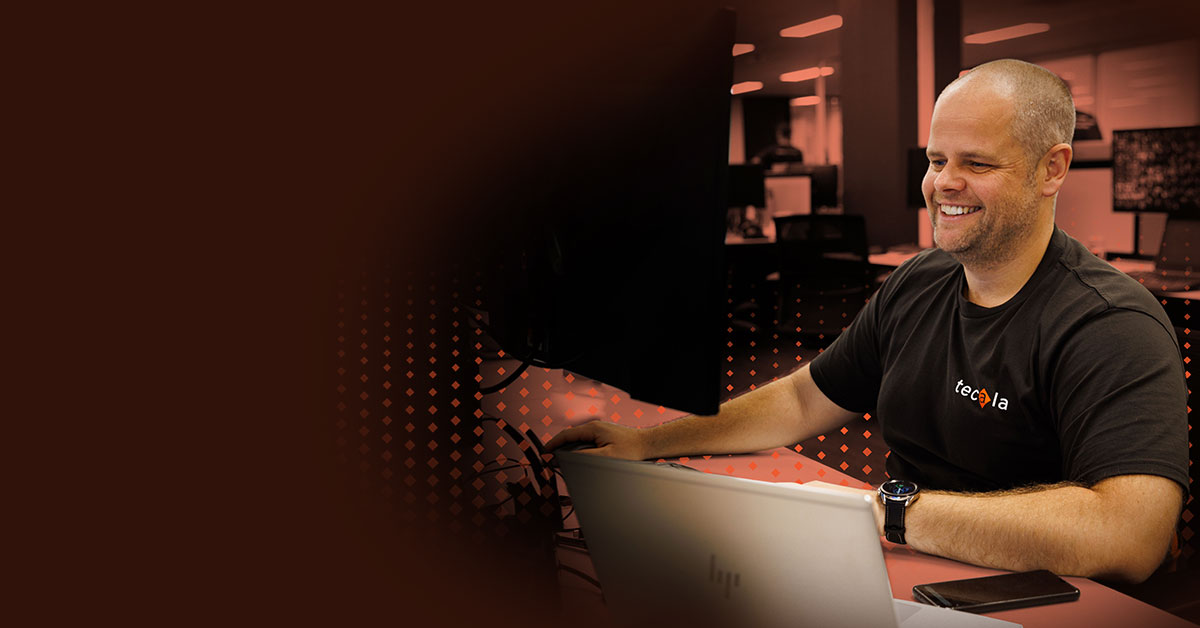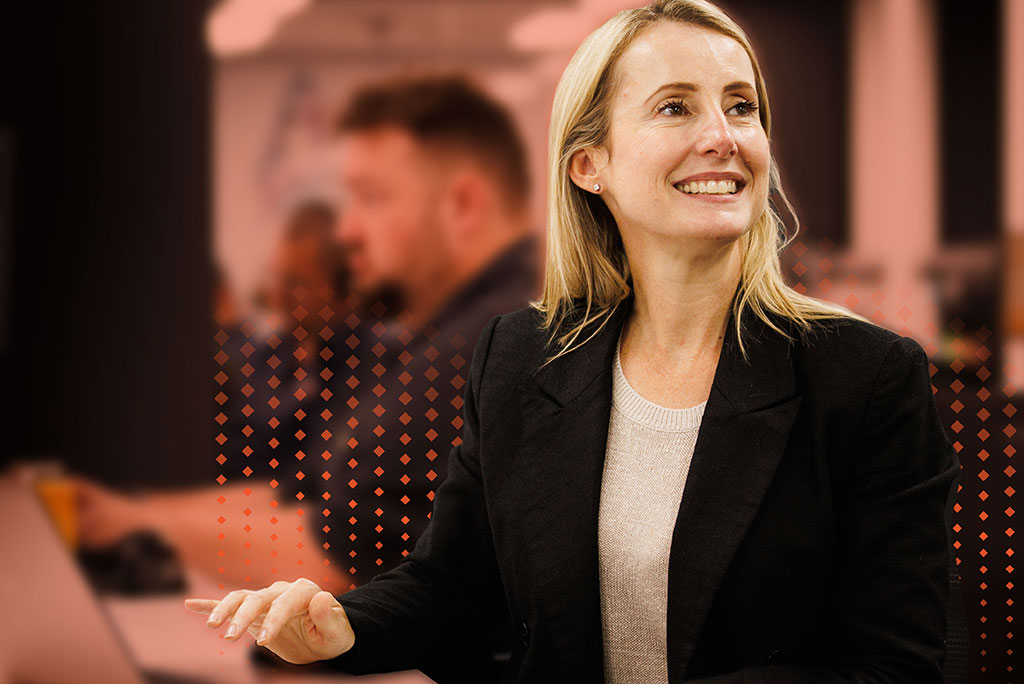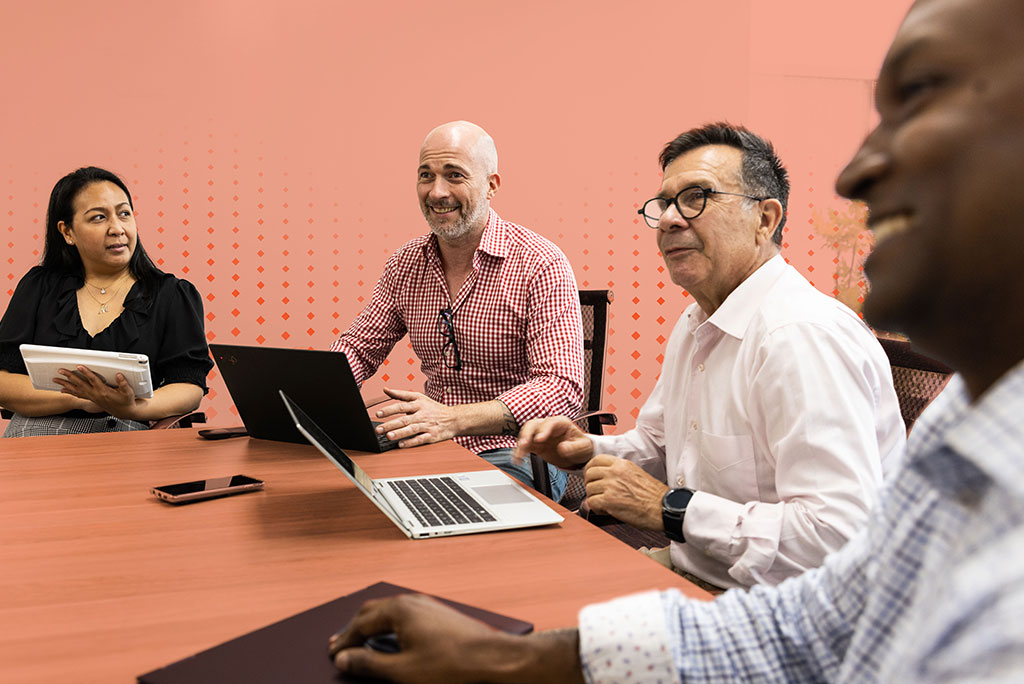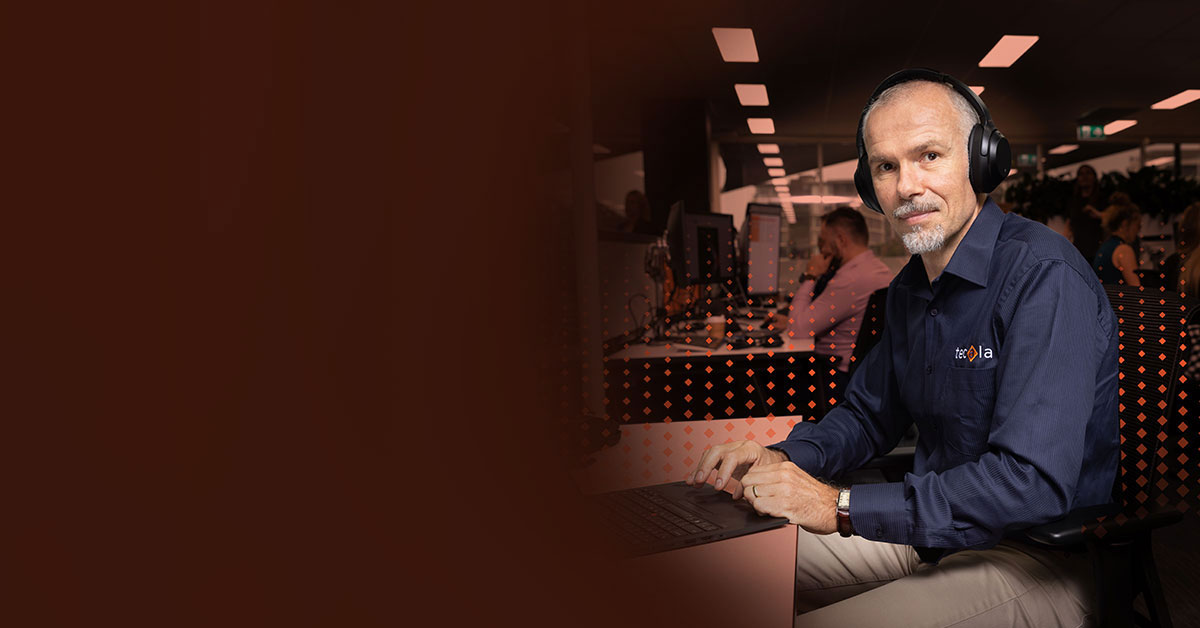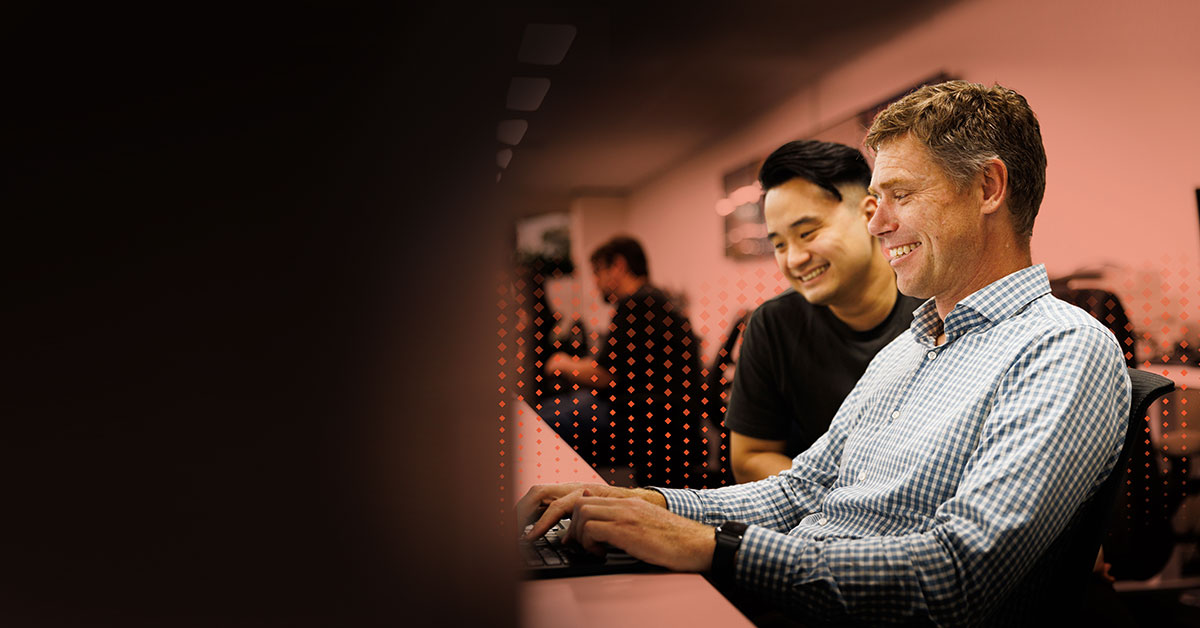What a ‘people-first’ approach to IT actually means.
Ever since a group of researchers at Harvard University released the ‘Service-Profit Chain’ theory in the 1990s, organisations have accepted that profit and growth are stimulated primarily by customer loyalty.
Before this theory was accepted, management focused on setting profit goals and building market share, but there wasn’t much emphasis placed on the motivational impact an organisation’s culture or working environment could have on people – i.e. the ones expected to drive this profitability, growth and market share.
Forbes explains, that for years, “We believed that an offer of employment equated to an exchange of service for compensation.” Yes, of course, people have always wanted to get paid a decent salary for what they do, but it led to many organizations becoming stuck in old-school rhetoric whereby, “Employees were treated like cogs in a machine whose sole purpose was to operate mechanically and routinely to produce results.”
I’ve always been a little dismayed by the term ‘Human Resources’ – implying that people are mere resources or ‘factors’ of production, with the purpose of the organisation being to turn them into units of measurable profit. I think Karl Marx had something to say on this too.
As new studies were released through the 1990s relating to the economics of service, a new perspective emerged, one which focused on the correlation between improved employee satisfaction, loyalty and productivity on the one side, and customer satisfaction, loyalty, and the corresponding impact on profitability and growth on the other.

